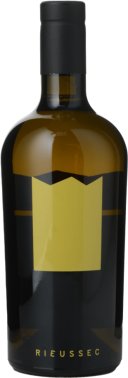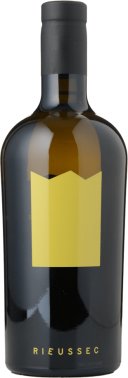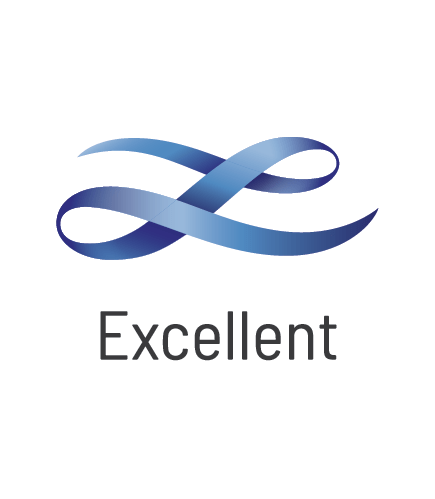$100 and over
CHATEAU SUDUIRAUT 1ER CRU CLASSE, SAUTERNES
The dried-mango and pineapple character is so delicious in this wine. It’s full-bodied and medium-sweet, with a pretty density and a fruity finish. Wonderful balance to this super Sauternes. This is a little in reserve now, with so much for the future.
Chateau Rieussec 1er cru classe
Since 1984 Château Rieussec has been the Sauternes property of the Rothschild family, owners of Chateau Lafite. Rieussec, a neighbour of Chateau dYquem, had for generations been a leading producer and was ranked Premier Cru in 1855. Even so, under Rothschild ownership the property has been transformed, with new cellars and winery and far more rigorous grape selection (plus greater use of barrel fermentation and maturation) for the flagship Grand Vin. This has led to Rieussecs clear emergence as a rival to its famous neighbour. Chateau Rieussec is 90% Semillon, with minor contributions from Sauvignon Blanc and Muscadelle. The property is 110ha with 68ha under vine.
Domaine de Chevalier Blanc Grand cru classe
CHATEAU DE RAYNE-VIGNEAU 1er cru classe
Rayne Vigneaus vineyard overlooks Sauternes near the village of Bommes and forms the third highest point in the area after Yquem. Founded by Gabriel de Vigneau in the early 17th century. Madame de Rayne, née Catherine de Pontac, bought the Domaine du Vigneau in 1834. Under her ownership, the estate reached the envied rank of premier Grand Cru Classé of Sauternes in the famous 1855 classification. Today, Château de Rayne Vigneau is a true benchmark for the Sauternes appellation. Its intensely fresh style,stands out vintage after vintage.
Chateau Rieussec Carmes de Rieussec
Chateau Lafaurie-Peyraguey
Chateau La Tour Blanche Sauternes 1er Cru Classé en 1855
Mount Pleasant Lovedale Semillon
Released with bottle age this is a wine which will still continue to evolve over many years the toasty lemony flavours becoming richer and more intense. A classic benchmark Hunter Semillon, it has earned its place in the Langtons Classification of Australian Wine.














